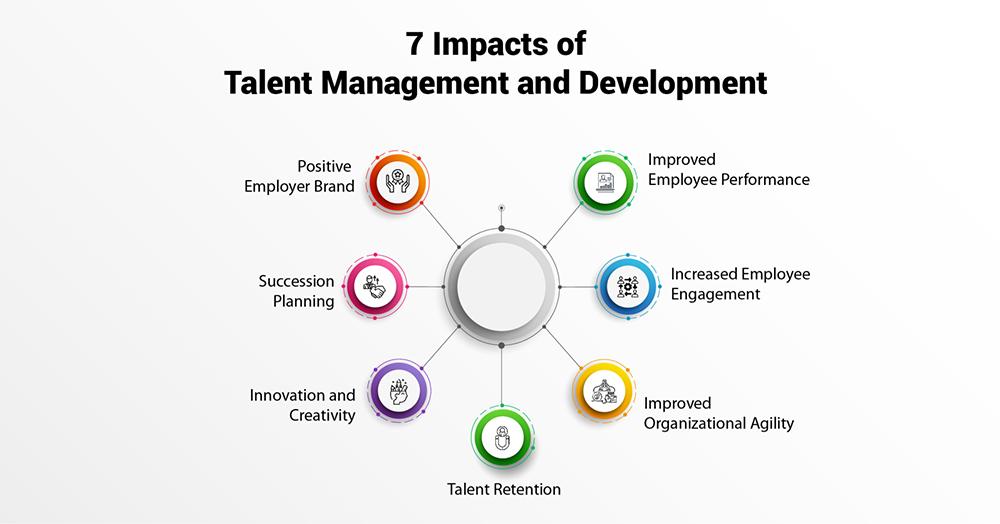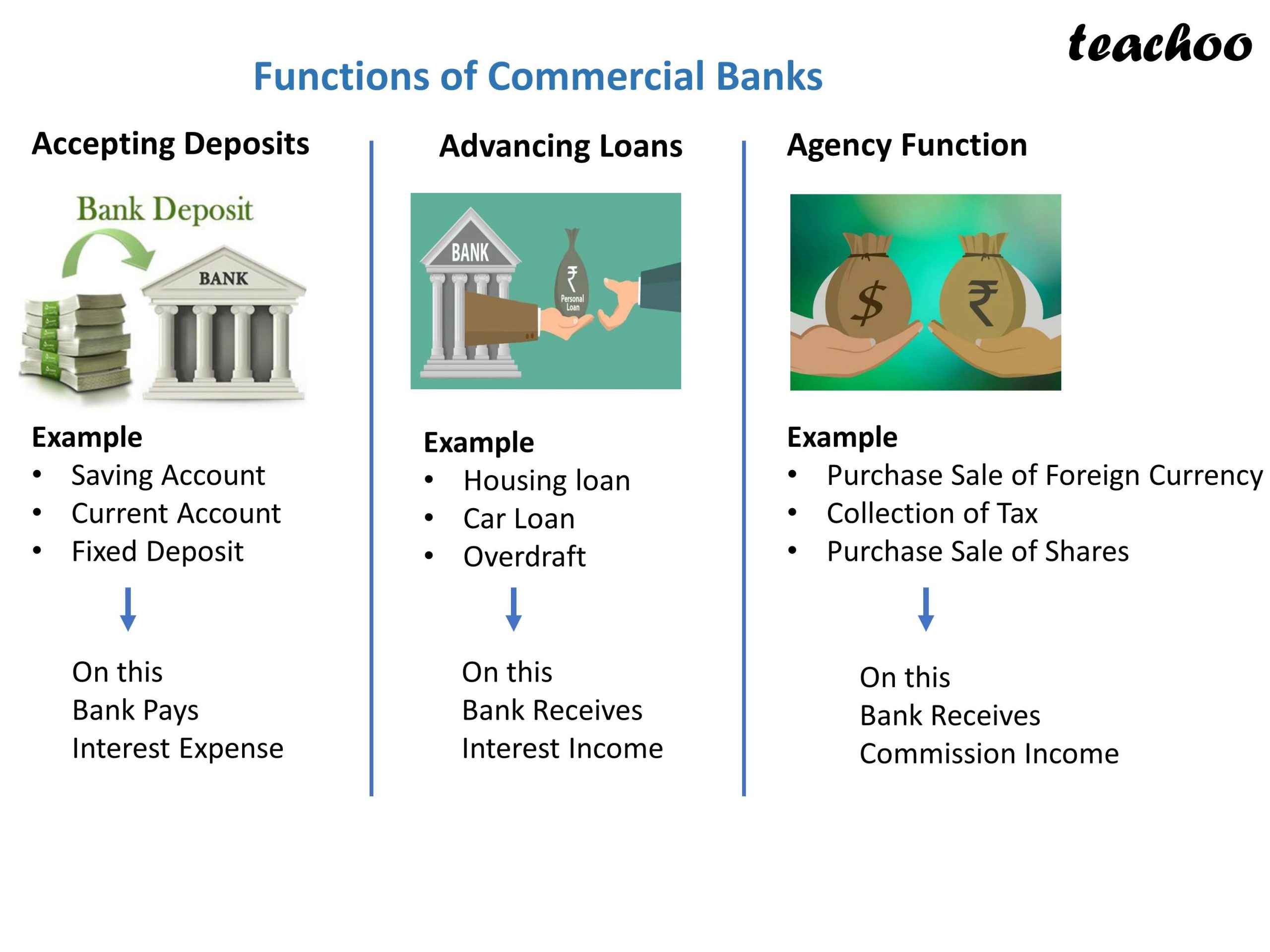In an era marked by rapid technological advancements and evolving consumer expectations, the landscape of commercial banking is undergoing a remarkable transformation. While innovation and digital solutions have become the buzzwords of the financial sector, the very essence of banking—trust, stability, and personalized service—appears to be at risk of being overshadowed. As institutions increasingly chase the latest fintech trends and operational efficiencies, the core fundamentals that once defined the banking experience must not be lost in the shuffle. This article delves into the crucial need for commercial banks to revive their focus on these foundational principles, exploring the delicate balance between modernization and the timeless tenets that foster long-term relationships with customers. In doing so, we aim to illuminate the path forward for banks seeking to navigate the complexities of a new era while staying true to their roots.
Reassessing Risk Management Practices for Sustainable Growth
In a rapidly evolving financial landscape, it is imperative for commercial banks to enhance their risk management frameworks to foster sustainable growth. Traditional methodologies may no longer suffice, given the complexity and interconnectedness of global economies. Banks need to adopt forward-looking approaches that not only address current vulnerabilities but also anticipate future challenges. High-performing institutions are increasingly integrating advanced technologies like artificial intelligence and machine learning into their risk assessment processes, enabling them to identify potential risks earlier and more accurately. This proactive stance can lead to improved decision-making and risk mitigation strategies.
Furthermore, a holistic view of risk that encompasses not just financial implications but also operational, reputational, and regulatory challenges is essential. Key components for a robust risk management strategy include:
- Enhanced Data Analytics: Utilizing big data to gain deeper insights into market behaviour.
- Cross-Functional Collaboration: Ensuring various departments work together to manage risk effectively.
- Stakeholder Engagement: Involving customers and the community to understand their perceptions of risk.
- Continuous Monitoring: Adapting to changes in the environment swiftly.
| Risk Type | Impact | Mitigation Strategy |
|---|---|---|
| Credit Risk | High | Diverse Portfolio Management |
| Operational Risk | Moderate | Strengthened Internal Controls |
| Market Risk | Variable | Dynamic Hedging Techniques |

Embracing Digital Transformation While Preserving Traditional Values
As the banking landscape rapidly evolves with the integration of technology, it’s crucial for commercial banks to navigate this transformation while maintaining the core principles that have built trust over decades. The challenge lies in consolidating innovative practices with the foundational values of transparency, customer care, and community engagement. This harmonious blend of cutting-edge solutions with traditional ethics can pave the way for sustainable growth and deeper customer loyalty. By focusing on personalized relationships and quality service, banks can ensure that their digital efforts do not strip away the human element that defines exceptional banking experiences.
To effectively embrace digital transformation, banks can adopt several key strategies:
- Prioritize customer-centric innovations: Develop digital products that align with customer needs and preferences.
- Strengthen cybersecurity measures: Invest in technology to protect customer data and privacy, reinforcing trust.
- Foster employee engagement: Train staff on new technologies, ensuring they uphold the bank’s traditional values while embracing change.
- Build a community presence: Use digital channels to enhance community engagement, bridging the gap between modern tech and local roots.
Implementing these strategies can be complemented by performance metrics to assess the integration of traditional values into new frameworks. The following table illustrates potential metrics for success:
| Metric | Description | Importance |
|---|---|---|
| Customer Satisfaction Index | Measure of customer happiness with service quality. | Reflects the effectiveness of blending tech and tradition. |
| Cybersecurity Incident Rate | Frequency of security breaches or threats. | Indicates the robustness of security measures. |
| Employee Retention Rate | Percentage of employees who remain over time. | Shows the effectiveness of staff engagement and training. |
| Community Engagement Score | Assessment of bank initiatives in the community. | Measures commitment to local roots amidst digital shifts. |

Strengthening Customer Relationships Through Personalized Banking
In today’s dynamic financial landscape, banks are reimagining how they engage with customers by weaving personalized experiences into the very fabric of their service offerings. Through advanced technology and data analytics, financial institutions can gain valuable insights into customer preferences, enabling them to tailor products and services to individual needs. This approach transforms the customer experience from generic to specific, fostering not just loyalty but genuine relationships. By understanding behaviors and preferences, banks can offer targeted solutions such as:
- Customized product recommendations based on financial history and goals
- Personalized communication through preferred channels, whether digital or in-person
- Flexible services that adapt to changing life circumstances of customers
Furthermore, the integration of AI-powered chatbots and virtual assistants allows for around-the-clock support, enhancing customer interaction and satisfaction. These tools can quickly resolve issues, answer queries, and even provide financial advice tailored to individual situations. As banks focus on core fundamentals, setting up feedback mechanisms becomes crucial to continually refine these personalized approaches. Below is a simple representation of customer engagement strategies that can be adopted:
| Strategy | Description |
|---|---|
| Customer Segmentation | Group customers based on demographics and behaviors to tailor offerings. |
| Feedback Loops | Regularly gather customer feedback to improve services. |
| Proactive Outreach | Anticipate customer needs and reach out before issues arise. |

Investing in Talent Development to Enhance Operational Excellence
In today’s competitive banking landscape, organizations are recognizing that the key to achieving sustained operational excellence lies in investing in the skill sets of their workforce. By prioritizing talent development, commercial banks can foster a culture of continuous improvement and efficiency. Consider implementing the following strategies:
- Comprehensive Training Programs: Regular workshops and training sessions can equip employees with industry knowledge and best practices.
- Mentorship Opportunities: Pairing seasoned professionals with emerging talent nurtures growth and institutional knowledge retention.
- Performance Feedback Mechanisms: Regular feedback assists in identifying areas for improvement and tailoring individual development plans.
Moreover, a focus on skill enhancement can lead to greater employee engagement and satisfaction, ultimately translating into superior customer service and operational performance. To visualize the impact of such investments, consider the following table that outlines the projected outcomes of talent development initiatives:
| Investment Area | Projected Outcome |
|---|---|
| Training Programs | Increased expert knowledge and efficiency |
| Mentorship | Enhanced employee retention and morale |
| Feedback Mechanisms | Improved performance and innovation |
Insights and Conclusions
In a dynamic financial landscape where innovation often takes the spotlight, the importance of core fundamentals in commercial banking cannot be overstated. As we journey through the complexities of modern-day banking, it becomes clear that revisiting the foundational principles of sound risk management, customer relationship building, and ethical lending practices is not merely an option—it is a necessity. The resurgence of focus on these essential tenets offers banks a robust framework to navigate challenges, seize opportunities, and foster sustainable growth.
As we move forward, commercial banks have a unique opportunity to harmonize ambition with authenticity. By prioritizing transparency, accountability, and a commitment to community welfare, they can restore trust and redefine the banking experience for both consumers and businesses alike. In this revival, we witness not just the resilience of the institutions themselves but also a renewed belief in the value of banking as a cornerstone of economic stability and personal empowerment.
Thus, in the quest to thrive in an era of change, let us remember that it is within the simplicity of core fundamentals that the path to innovation, trust, and lasting success is paved. The future may be uncertain, but by anchoring themselves in what truly matters, commercial banks can emerge as pillars of strength in our ever-evolving financial world.
